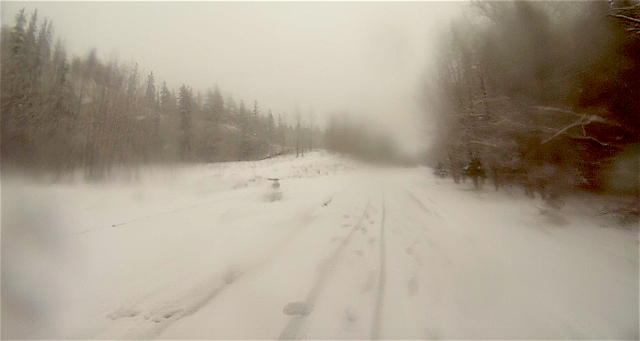Three Things from Edmonton podcast - episode 104: snow dome, statues, sheet music
Here a three little things that made for some happiness and gratitude this past week:
1. Snow dome
Shelagh named the tune right away. She’s good at that. She knows what’s playing wherever she is, kinda like a virtual assistant, but real-er. The Pretenders, Middle of the Road, she’ll say, when we’re in a noisy restaurant where I hear only a cacophony of voices and cutlery. This time it was a symphony she picked off. We were in the car driving back from breakfast. The radio was on CBC FM. “Sibelius,” she said.
I first heard his Symphony #2 more than 30 years ago on vinyl at her place in Queen Mary Park, Leonard Bernstein conducting the New York Philharmonic. We experienced the music again in 2019 when Alexander Prior and the Edmonton Symphony Orchestra pumped it into the hearts of the crowd at the Winspear Centre. The performance was part of the Sibelius Festival, subtitled a Celebration of the North.
I don't know the musical term for the theme that comes back a few times near the end of that symphony. It’s the part where the strings rise and then the horns answer and it feels like you’re being walked expectantly along a twisting path tight with snow-heavy spruce trees and then around a last turn and into an opening where there is winter sky and light above and swelling ocean on rocks below. Minus the ocean rocks, the music comes from a place I am from, and leave, and return to.
It is winter music.
It is winter music.
It transforms into a snow dome the most mundane of winter scenes, including the gas stations and fast food restaurants on the other side of the windshield as we drove south on 178 Street. Our favourite section arrived at a red light. Shelagh grabbed an imaginary baton and conducted the orchestra. We got to 91 Avenue, which is our turn off 149 Street into our neighbourhood, with more symphony left than we had driving time to listen to. We turned around and headed back north again until the performance again brought us home.
2. Statues
The picture I am looking at right now is a photograph of four people lying lifeless on the street in Irpin, a city near Kyiv in Ukraine I had not heard of before photojournalist Lynsey Addario made me see. The photo was reprinted in the newspaper last week in a lookback collection of the best images of the year. It’s hard to find room in the definition of the word “best” for her picture. It’s devastating. It shows what war-fleeing people look like when they are struck down on the spot by Russian shells. The victims look asleep, but this sleep of theirs, on the pavement, in their winter coats, next to their suitcases and backpacks, is ghastly. I hear Dylan’s Chimes of Freedom—the refugees on the unarmed road of flight. Among the dead are a mother and her two children. It is a broken Pietà.
 |
| International Photography Hall of Fame and Museum |
Adjusted for real-world brutality, the old neighbourhood game is what the Addario photo recalls in me. When I look at the pic, I see that I am seeing not just four dead people, but the limbs of a monster it unmasks. Like the times I was “It,” I don’t know what to do but keep looking, in the hope that the creature doesn’t like the gaze.
Or words or song or dance.
“We dedicate this and every performance of Fiddler on the Roof to the people of Ukraine and the refugees seeking shelter from this horrible war. We honour their struggle and spirit with our final song and dance.”
That was how, last week, Jonathan Hashmonay, who played Tevye in Fiddler on the Roof, addressed the crowd at the Jube during the curtain call before his fellow players sprang to life in the final dance, and we all went–we call could go home.
3. Sheet music
Again there is live music in the house. Shelagh is knuckling down to learn the piano. Brendan is her teacher, the same brilliant Brendan who composed the music for my podcast.The teacher has started the student on starter pieces from Bartók’s Mikrocosmos Volume 1—the six Unison Melodies, and on to short studies intriguingly titled Dotted Notes, Repetition (1), Syncopation and With Alternate Hands. Sheet music is again in the house. The boys would bring home trumpet and trombone parts for their various orchestras and jazz bands at St. Rose and Mac. Thank you Mr. Prokopiw, thank you Mr. Milan. Over the years, scores for violin music, too. Thank you, Mr. Ho.
All of this printed music, then and now, are so many messages from other realms. Dossiers encrypted with lines and dots and squiggles and Latin abbreviations to be decoded and played back for deeper meaning. Tracks of graders and plows on sheets of freshly fallen snow, keeping clear the route home.
Thanks for being out there, friends.










Comments
Post a Comment